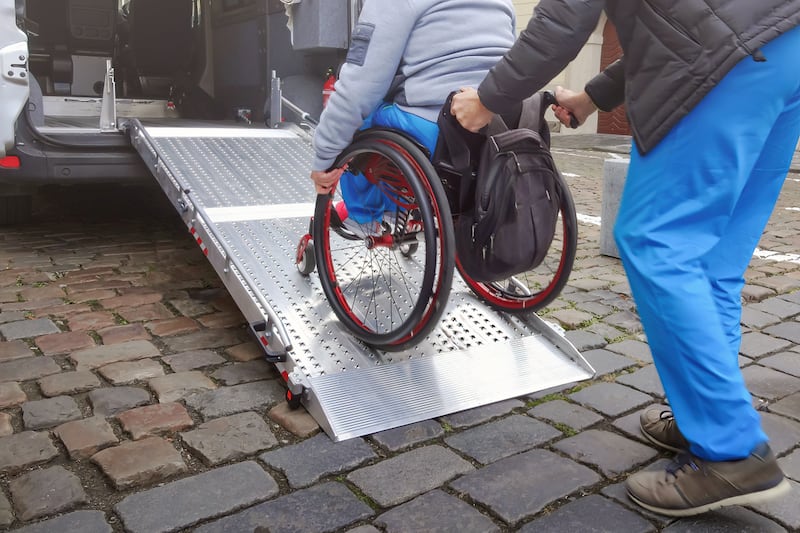September is usually the month when buyers travel to design fairs across Europe and beyond to source new ideas for their projects and stores. It’s show time and under normal circumstances the great and good of Irish design would be packing their bags to display their wares at London Design Week; Maison et Objet, Paris; Salone in Milan and beyond.
Some are still making the journey, others are waiting until next year but what does it now mean to sell Irish design on the world stage?
In the design show space we are a minnow, says Brian McGee, market and enterprise development director at the Design & Crafts Council Ireland (DCCI). The overall perception of Ireland is limited, a small population with small business, but it is centred around craft and craftsmanship, he explains. In textiles, for example, “we have a tradition and handwriting”.
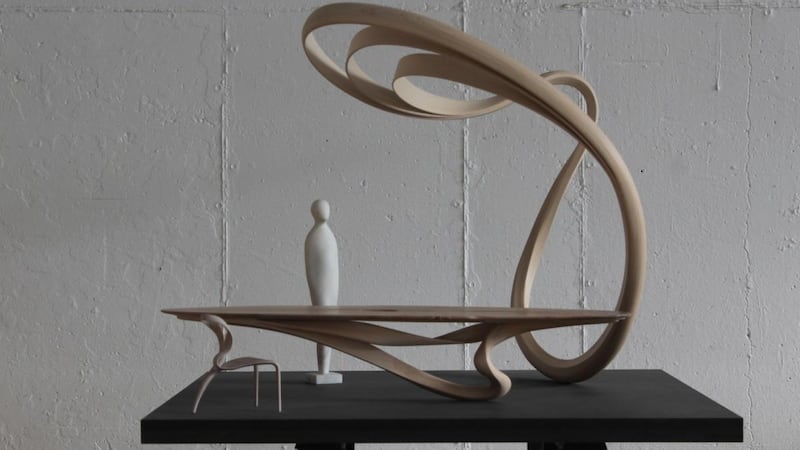
He’s spearheading the attendance of a group of Irish makers at Shoppe Object in New York, a retail-focused fair featuring small objects, that begins on September 19th. It’s an experiment, he says, to try and run an event at arms’ length with the stand manned by US-based people.
Textile brands showing include Cushendale Woollen Mills, a sixth-generation, Co Kilkenny-based firm; Jennifer Slattery; and Co Donegal-based Molloy & Sons.
The trip is supported by the Department of Enterprise, Trade and Employment and Enterprise Ireland and forms part of a three-year international development programme, which was launched in 2019 and has supported over 200 businesses to sell overseas in the UK, Europe, the US and Asia.
“International fairs are critical to maintain the growth trajectory of Ireland’s small creative enterprises, which have limited sales opportunities on the island of Ireland,” says Suzy O’Keefe, head of digital and communications at DCCI. “While 2020 saw a drop in trade show activity, overseas consumer demand has remained robust.”
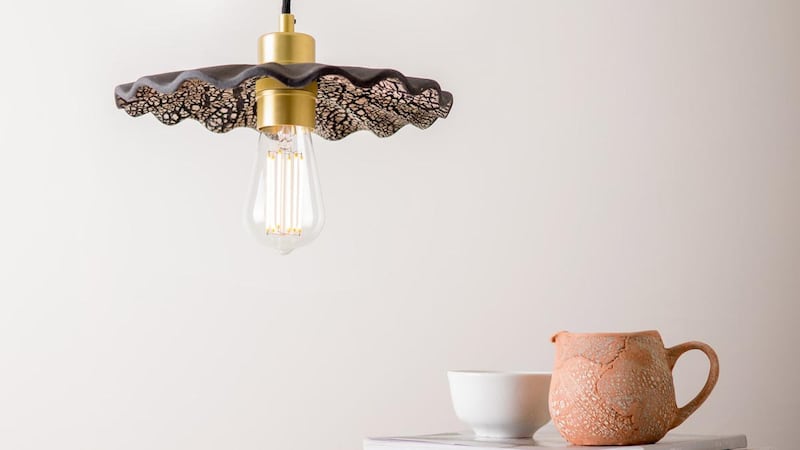
Authenticity, provenance and sustainability will all be key selling factors, McGee adds.
“A growth area is wellness. Ireland isn’t known in this space but is highly regarded. Its image is of a clean, green space and there is embedded value in terms of consumer perception.”
Voya and The Burren Perfumery are just two such successful businesses. Another is Rathbornes 1488, a Dublin-based candle and fragrance company that can trace making the former back to the end of the Middle Ages.
Siobhán Kehoe is its brand and commercial director and first took it to Maison et Objet in Paris in 2017, as one of those 200 brands supported by the DCCI, showing at its Design Ireland stand, which showcased a select group of makers.
Some Korean buyers had to be shown where Ireland was on the map. It was the heritage of the brand, the high-quality product and its packaging
It was a huge help, she says.
“Not just in terms of financial support but also in terms of designing and setting up the stand, where some are like the Coliseum. It was also about being able to share ideas and stories.”
At such shows chance plays its part and the right person comes to the stand. Kehoe couldn’t burn the candles on the stand so buyers could only smell what she calls the cold throw, the fragrance you get even before you light a scented candle. The right buyer was a distributor who brought the high-end products to Japan. A trade mission two years later, also with DCCI, got her into sales meetings with more buyers including Tokyo’s highly-regarded Ginza 6 and sales to the land of the rising sun now account for 75 per cent of the firm’s international market.
“We’re now big in Japan,” she laughs.
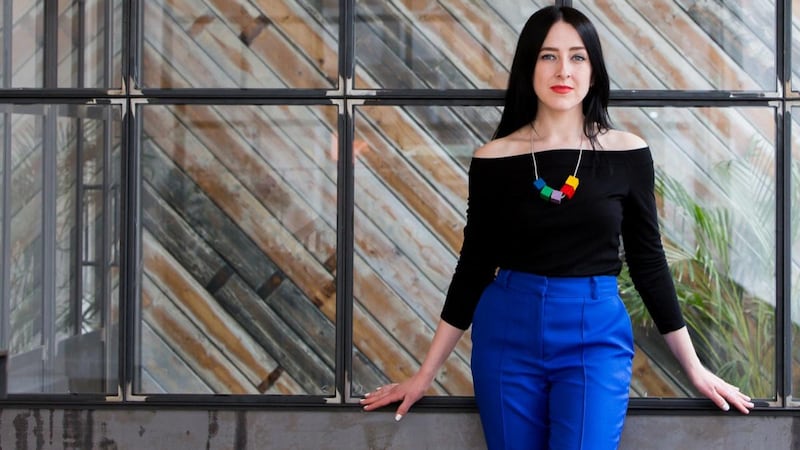
But you need to do your research in advance, know who’s going to the show, the stores you’d like to be in and to reach out to buyers in advance.
“Ireland’s green reputation didn’t come into it. Some Korean buyers had to be shown where Ireland was on the map. It was the heritage of the brand, the high-quality product and its packaging,” she says.
Showing at Milan this year, which begins on September 5th, is Dublin textile artist Nuala Goodman. Her new collection is a range of rugs inspired by black-and-white photographs of Gandhi's Salt March, that she viewed in the National Gandhi Museum, Delhi.
She saw patterns in the portraits of those huge gatherings, an act of non-violent civil disobedience to protest at taxes on the mineral. Originally designed for 2020 in a monochrome scheme, the project was held over as a result of Covid. By this year, she felt the public wanted colour so instead injected them with rich pigments.
“There is a wildness to it whereas there is more restraint to much of Italian design,” Goodman explains.

“Where you spend your formative years impacts your design. I’m from Ireland. It informs my sensibility. The way I design and perceive, think is not Italian.” The work can be pre-ordered through Minima Home in Dublin.
Orla Reynolds is a furniture designer whose customisable systems had been licensed and installed in several high-profile locations including the Hilton Hotel in Beverly Hills.
This time out at Milan, she’s showing hand-pulled prints, the Gray series, an homage to Eileen Gray and her Villa E-1027 in the south of France and she’s hoping to make partnership contacts to develop the designs into home furnishings, textiles and rugs. The prints can be purchased through her website.
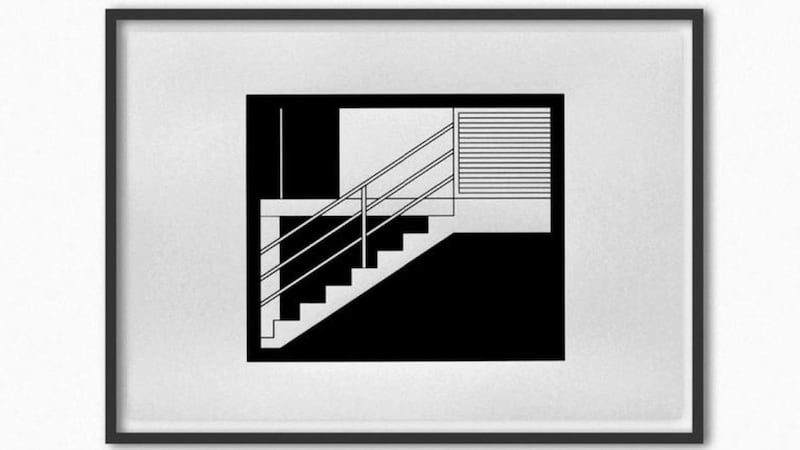
Joseph Walsh is travelling to Design Basel, which begins on September 21st, to attend a show he has participated in since 2009. It's the main platform for contemporary art and in the last 15 years design art, such as his pieces, has also been included.
“It is an important platform for us in sustaining a studio of this scale,” he says. Employees at his Co Cork base range from 15 to 20. In this rarefied milieu he finds Irish design isn’t a selling tool.
“It’s down to personal relationships. New clients discover me through my work.”
The full-scale installation, his most ambitious to date, will be pretty monumental, he says. Extending to over six metres high and four metres long, the table will be mounted on a single point and is being transported using specialist art movers, the route now through France rather than the traditional UK – a post-Brexit move.
“I don’t know to what degree people will travel but it’s good to have a focus, to be working towards an exhibition,” he says. “It creates an excitement. There is the invisible momentum of all these studios putting their best foot forward.”
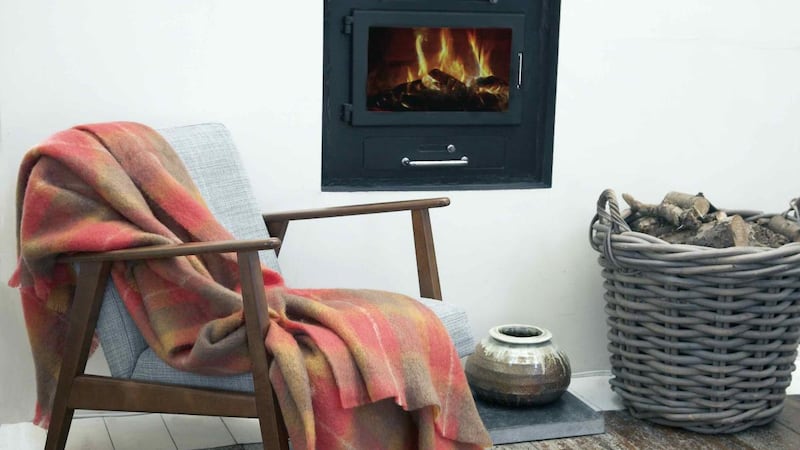
It's a belief echoed by Edel Treanor, owner-director of Co Monaghan-based Mullan Lighting who runs the firm with her husband, Mike.
“The fairs are essential to generating business and will be again in the future. It’s an aesthetic business. Buyers like to see it, touch it and feel it. It’s also easier to source at fairs than scroll through an endless number of websites.”
Mullan has been at the forefront of European fairs since it started travelling to sell its wares abroad in 2012 when it had the courage to take a chance on showing its then industrial-style lighting, all made in a little village on the Border in Co Monaghan. Its creations now adorn swanky hotels, bars and restaurants and the company has never been busier, with business up 30 per cent on 2019 pre-Covid levels, Treanor says.
She says they’ve always invested heavily in attending trade fairs. As much as 90 per cent of the marketing budget has been spent on setting up shop at Maison twice a year, London’s 100% Design, Milan, Northern Light in Stockholm, and Light & Building in Frankfurt.
“Nine years ago we were an unknown entity. We had to be at the shows to build the brand and give customers a sense of continuity and to reassure them that we were constantly launching new collections. A large part of the business is customisation, adapting product that can be produced in the same time frame to the same standards.”
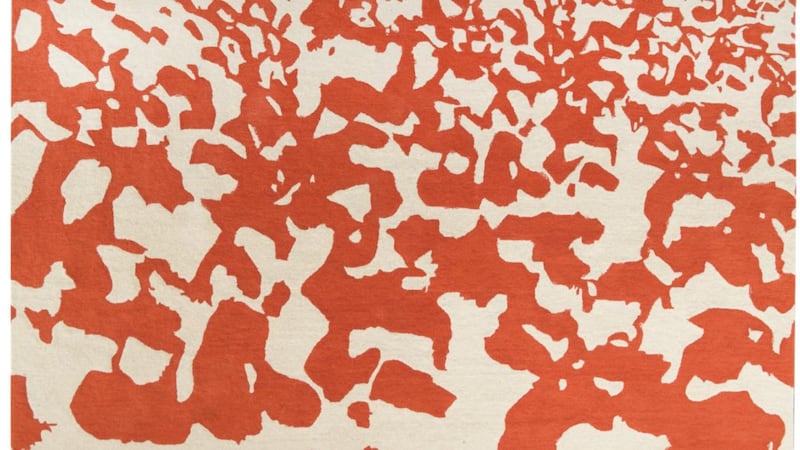
After 18 months of confinement, Mullan and fine furniture house, the Belfast-based Orior, another perennial, are holding off attending any fairs until next year.
The Irish angle is really important, says Treanor.
“We have signage on the stands because clients want to buy within Europe. We are very much an Irish brand and have videos showing Mullan, the manufacturing process and the faces of our 80-strong workforce that show their skill and craftsmanship. While still a cottage industry we can produce at scale.”
The company leverages the Irish-made angle online too, adding the hashtag MadeInIreland to many of its social posts.
















